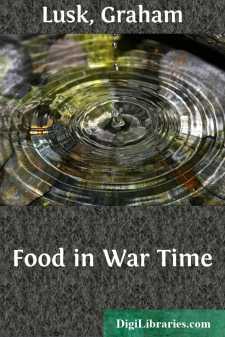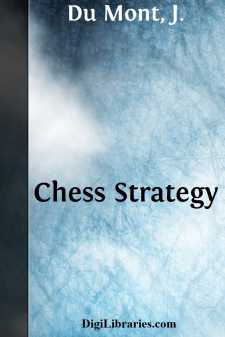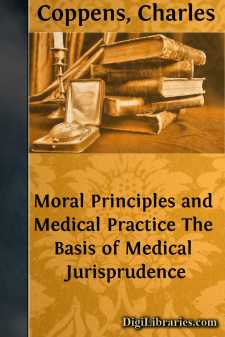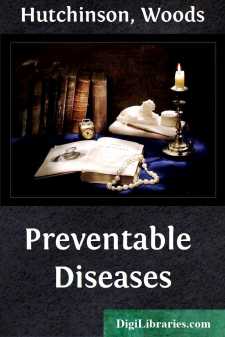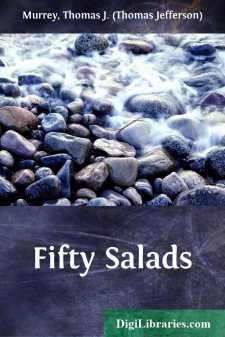Categories
- Antiques & Collectibles 13
- Architecture 36
- Art 48
- Bibles 22
- Biography & Autobiography 813
- Body, Mind & Spirit 142
- Business & Economics 28
- Children's Books 15
- Children's Fiction 12
- Computers 4
- Cooking 94
- Crafts & Hobbies 4
- Drama 346
- Education 46
- Family & Relationships 57
- Fiction 11828
- Games 19
- Gardening 17
- Health & Fitness 34
- History 1377
- House & Home 1
- Humor 147
- Juvenile Fiction 1873
- Juvenile Nonfiction 202
- Language Arts & Disciplines 88
- Law 16
- Literary Collections 686
- Literary Criticism 179
- Mathematics 13
- Medical 41
- Music 40
- Nature 179
- Non-Classifiable 1768
- Performing Arts 7
- Periodicals 1453
- Philosophy 64
- Photography 2
- Poetry 896
- Political Science 203
- Psychology 42
- Reference 154
- Religion 513
- Science 126
- Self-Help 84
- Social Science 81
- Sports & Recreation 34
- Study Aids 3
- Technology & Engineering 59
- Transportation 23
- Travel 463
- True Crime 29
Food in War Time
by: Graham Lusk
Description:
Excerpt
I
A BALANCED DIET
There is no doubt that under the conditions existing before the war the American people lived in a higher degree of comfort than that enjoyed in Europe. Hard times in America have always been better times than the best times in Europe. As a student in Munich in 1890 I remember paying three dollars a month for my room, five cents daily for my breakfast, consisting of coffee and a roll without butter, and thirty-five cents for a four-course dinner at a fashionable restaurant. This does not sound extravagant, but it represents luxury when compared with the diet of the poorest Italian peasants of southern Italy. Two Italian scientists describe how this class of people live mainly on cornmeal, olive oil, and green stuffs and have done so for generations. There is no milk, cheese, or eggs in their dietary. Meat in the form of fat pork is taken three or four times a year. Cornmeal is taken as "polenta," or is mixed with beans and oil, or is made into corn bread. Cabbage or the leaves of beets are boiled in water and then eaten with oil flavored with garlic or Spanish pepper. One of the families investigated consisted of eight individuals, of whom two were children. The annual income was 424 francs, or $84. Of this, three cents per day per adult was spent for food and the remaining three-fifths of a cent was spent for other purposes. Little wonder that such people have migrated to America, but it may strike some as astonishing that a race so nourished should have become the man power in the construction of our railways, our subways, and our great buildings.
Dr. McCollum will tell you that the secret of it all lies in the green leaves. The quality of the protein in corn is poor, but the protein in the leaves supplements that of corn, so that a good result is obtained. Olive oil when taken alone is a poor fat in a nutritive sense, but when taken with green leaves, these furnish that one of the peculiar accessory substances, commonly known as vitamines, which is present most abundantly in butter-fat, and gives to butter-fat and to the fat in whole milk its dominant nutritive value. The green leaves likewise furnish another accessory substance, also present in milk, a substance which is soluble in water and which is necessary for normal life. Furthermore, the green leaves contain mineral matter in considerable quantity and in about the same proportions as they exist in milk.
Here then is the message of economy in diet, corn the cheapest of all the cereals, a vegetable oil cheaper by far than animal fat, which two materials taken together would bring disaster upon the human race, but if taken with the addition of cabbage or beet-tops they become capable of maintaining mankind from generation to generation. One can safely refer to such a diet as a balanced diet. Just as in the case of the modern experimental biological analysis of a balanced ration in which such a ration is given to rats and its efficiency as a diet is tested by its capacity to support normal growth and reproduction of the species, so here the experimental evidence is presented that corn and olive oil may become a sustaining diet when green leaves are a supplementary factor....


